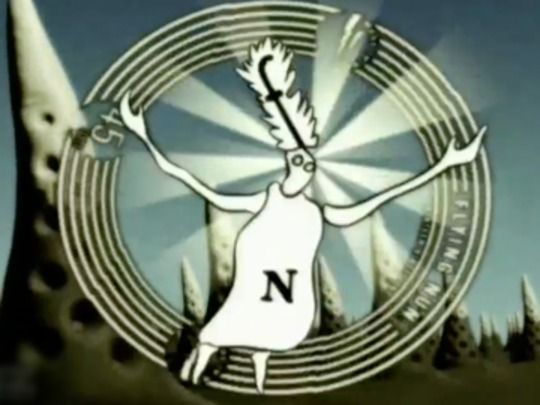
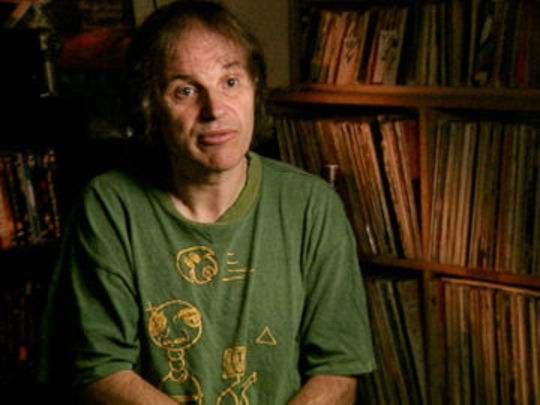
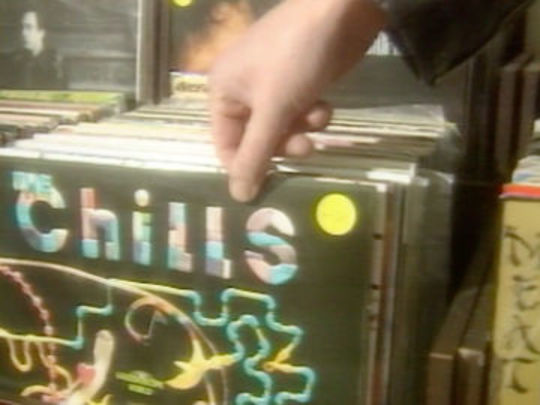
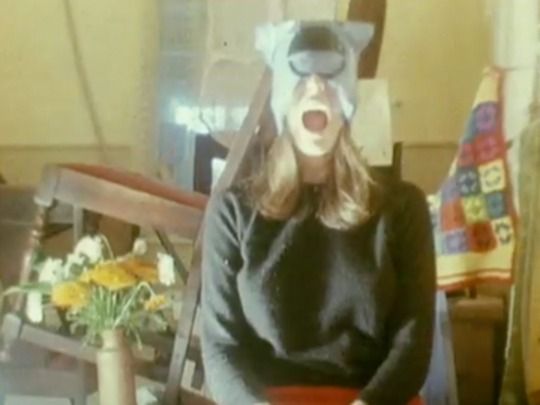
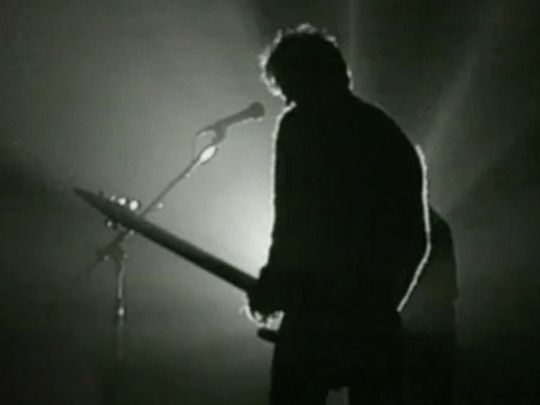
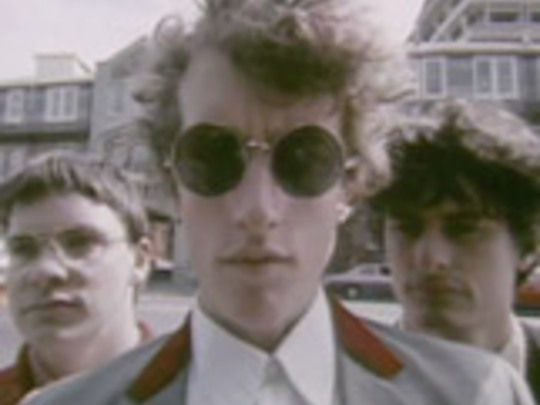
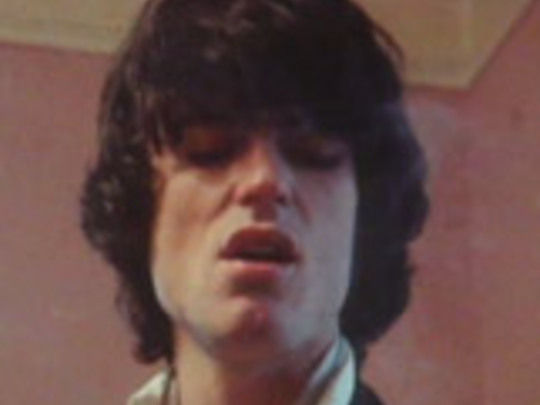
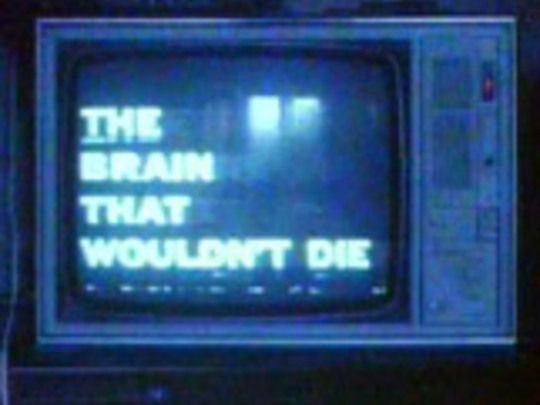
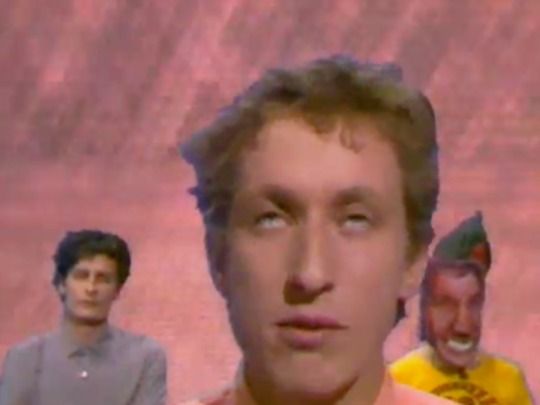
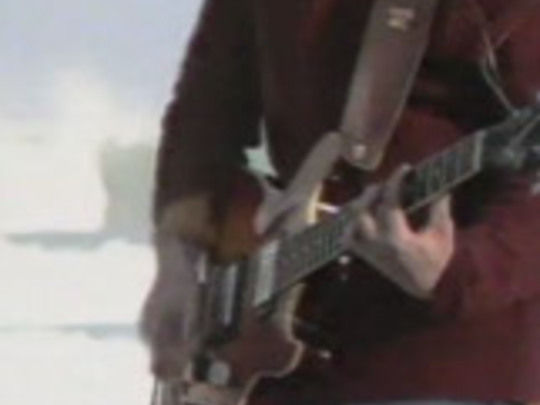

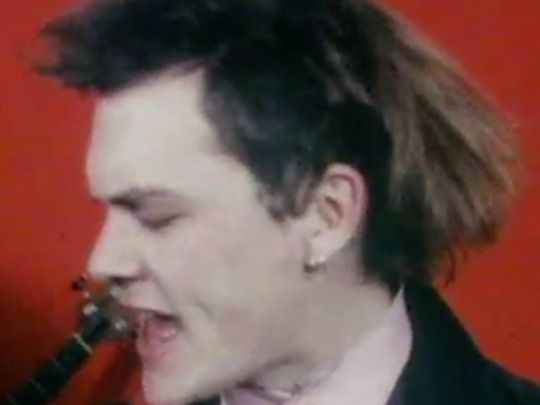
The Flying Nun Collection
The Flying Nun Collection
This collection has three backgrounds:
The Founder’s Tale
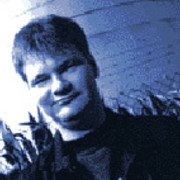
True Focus - A Flying Nun tribute
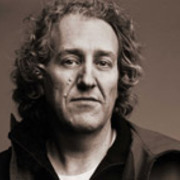
Homespun MTV
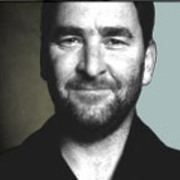
The Founder’s Tale

By Roger Shepherd 11 Mar 2010
When I started up Flying Nun Records in 1981 I knew even less about the process of making music videos than I did about making records. Music videos were a relatively new phenomenon available to see only on the likes of Radio With Pictures at an appointed time. Cutting edge technology like the VHS recorder/player had just been introduced and were expensive, meaning you really had to catch the programme to see the material. But the impact of this very limited exposure via music videos made an obvious effect on an artist's sales.
All the bands understood the connection between being seen on television, and the increase in profile and record sales that it could generate. Some created clips that were a result of making do and experimentation. Chris Knox was the prime exponent of this process; starting with very limited resources and practical film making experience he decided to make The Clean's Tally Ho clip. Astonishingly this was played on the prime time music chart show due to its 'Top 20' success. I watched it that night on multiple screens - those in the window of a nearby television hire shop.
Chris Knox continued to develop his film and video making skills, initially through his own Tall Dwarfs material and then later his solo work. Other artists and their friends had a go as well, with many of them eventually ending up working in the television and film industries. Making music clips has always been a great way to learn the craft of video and filmmaking, and many leading lights have served poorly paid apprenticeships helping to make music clips for their mates.
Meanwhile, others had clips made for them by TVNZ, which may have been of a higher technical quality but did not necessarily follow the aesthetic desires of the artists themselves. Nonetheless, some classic music videos were made this way, such as The Clean's Anything Could Happen and Beatnik, which effectively established them as New Zealand's top band of the time. TVNZ personnel also helped push along the early careers of the likes of Gordons, Verlaines and The Great Unwashed.
It was all a bit of an adventure that to my mind sometimes overshadowed the making of the music itself. It was the desire to be heard and seen. Radio was a proven waste of time so this new outlet, with its subsequent exposure through television, was to be strenuously grasped. You could build an audience this way, which would then buy your records and come to your shows. It was all too new to have developed a corporate approach, or tight controls over the money. The walls were down and some great clips got through before they were rebuilt.
A number of artists associated with Flying Nun built reputations for themselves during this time, and an element of this success was the ability to communicate to their latent audiences via music videos on mainstream television.
A general style may have loosely evolved with this, but it was simply due to limited budgets and correspondingly unlimited imaginations. Plus they were made at the bottom of the world, so any international technical advances and styles were happily reinterpreted and transmogrified into music videos that looked different and at times just a little strange. All in all, they reflected the inner thinkings of those who made them as well as those who viewed them at home. Just as it should have been, and in many ways still is.
- Roger Shepherd is the founder of Flying Nun Records, setting up the label while he was still a music store manager on Christchurch. Flying Nun Records was a runaway success, Shepherd helped discover and develop the careers of many of the country's best-known bands.
True Focus - A Flying Nun tribute
By Brent Hansen 12 Mar 2010
Flying Nun is one of those few record labels that show a true focus. Its great acts were all signed by founder Roger Shepherd, and most were heavily-influenced by the music taste of Dunedin second-hand record store owner Roy Colbert. Globally, thousands of fans and artists owe a great debt to these masters of fuzzy guitar and exquisitely fragile lo-fi melodies.
The cream of Flying Nun's catalogue sits proudly in the tradition of The Velvet Underground, Love and The Byrds. It has never been mainstream or in the bestseller category and at times The Flying Nun offering totally flew under the popular radar.
When I arrived in the UK to begin my MTV career back in 1987 I was surprised and heartened to see a Flying Nun bin sitting - fully stocked with the likes of the Tall Dwarfs, The Verlaines & The Chills - in the best record stores Europe-wide. These were still the days of vinyl and of retailers who had music fans for buyers, and who were not just trucking out the current Top-20 faves, but also saw themselves as chroniclers of cool.
During my 20 year career in the international music industry I cannot tell you how many credible artists, when they found out that I was a New Zealander, wanted to talk about The Clean, Shayne Carter (in his numerous guises), Sneaky Feelings, The Bats, or any of the many distinctive, always unique, talents that Flying Nun had offered their musical education. The DNA is out there.
The early Flying Nun music videos were as raw and uncompromising as the songs they accompanied. Think Len Lye and Don van Vliet, not David Fincher nor Bruce Weber. Many were made with next to no budget. This selection by Shepherd himself documents a taster menu from a great wee record label's cellars.
-Brent Hansen has been a major player in putting music on screen. He was a director of 80s kiwi music show Radio With Pictures, and rose through the ranks to become head of MTV Europe.
Homespun MTV
By Russell Brown 12 Mar 2010
In the old days, the government made your music videos for you.
The video genre was firmly established by the time Flying Nun Records arrived in 1981 (the same year that MTV entered the world) and on Sunday nights Radio With Pictures would play local music clips if it could get them - which wasn't all the time. In the days before the NZ On Air video grant, it wasn't easy for young bands to get clips produced.
The Clean were cool enough to have proper videos made for them (Anything Could Happen was directed by budding TV executive Andrew Shaw). But for others the solution lay with the BCNZ television studios, where you could take your chances with the rostered crews and come out with well, something, if not always something good. Some local classics had clips produced by this route that, frankly, should never be spoken of again.
And then there's Adults and Children. The clip, made in an afternoon at BCNZ's Wellington studios for the song from Gordons' debut EP, is everything most of the brightly-lit, amiably-directed studio clips of the era weren't. It's pulsing, challenging, dark - and entirely appropriate.
The Great Unwashed also transcended their studio setting with Neck of the Woods, which mashes together fancy (for the time) digital effects and hands-on art. The plastic curtains at the back of the set, splashed with red, black and white paint (a sort of 'Never Mind the Pollocks', if you will) were later cut up and recycled as the sleeves for the group's rare double 7" release. It's rare because, sadly, the oil-based paint gradually leached through the plastic and destroyed the vinyl inside.
But the video that became a record sleeve has a certain resonance here. Flying Nun wasn't only about the tunes - from the crazy flicker of Chris Knox's clip for The Clean's Tally Ho onwards, here was a sense that the videos and the designs of record sleeves came out of the same creative pool as the music.
There were still older hands around to help of course. The Verlaines' Death and the Maiden was directed by Peter Janes, a freelance cameraman who'd been making film for music since the 60s, when he had the Fourmyula, plucking leaves in Wellington's Botanical Gardens. Dunedin's sense of community is all over - and all in - Death and the Maiden. The Stones' Jeff Batts, Look Blue Go Purple's Lesley Paris (who would later run the label), a pre-Chills Caroline Easther and a dozen other rugged-up kids all prance around a big, cold, Dunedin house.
Even as the label matured and the clips became more sophisticated, it wasn't uncommon for band members themselves to be creatively involved. The Headless Chickens' own bass player, Grant Fell, directed the oddball forecourt circus of Gaskrankinstation. And, of course, only Chris Knox would make videos for Chris Knox.
Often, the directors were friends of the bands, and fellow musicians. 3Ds' Spooky, presented here, was one of several clips made for the band by Andrew Moore, later director of the New Zealand skateboarding history No More Heroes. Snapper's Buddy was made by Stuart Page, who went on to direct the award-winning feature documentary Shustak. And Straitjacket Fits' She Speeds was a stepping stone to a film and advertising career across the Tasman for Jonathan Ogilvie.
Two clips here weren't made in New Zealand. While The Chills' Heavenly Pop Hit gets out amongst nature in Ireland (in a very New Zealand way), Julie Hermelin's time-travelling urban tableau for Splat by Bailterspace is something else altogether. But it's still part of a common atmosphere in this collection. These videos never overwhelm their songs and, at their best, they come from the same place as the music does. You can't ask much more of a music video than that.
-Russell Brown is a veteran journalist and media commentator. His journalism career began in the early 1980s with The Christchurch Star and music magazine Rip It Up. He later presented media commentary show Media7, and founded the website Public Address, writing their Hard News blog.